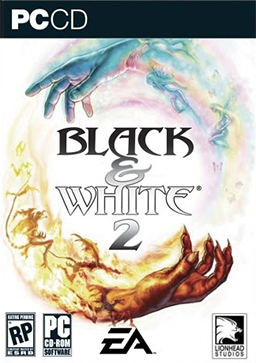"What makes it fun?"
What is fun? How do we know when we've found it? I struggle with these kinds of questions because I don't play games the same way gamers do. I'm a deconstructivist. I tear games apart trying to understand how they were made, what were their authors motivations, what choices and alternatives did they shy away from? That's fun for me, but I don't think that's much fun for you.
So instead, I hand a prototype of my game over to a gamer, and I watch them play. Mostly I'm looking for facial expressions - joy, wonder. But also their comments. What do they keep coming back to? If I'm trying to 'find the fun', I pretty much ignore all negative feedback, and just focus on the good.
One question I ask a lot is, "How could I make that part better?" When I ask that question, what I'm really asking is, "What part of that do you want more of?" If I hear multiple people want more of one thing, then I'll go and brainstorm about how to add more of that thing, using the actual gamers suggestions as a starting point for the brainstorm.
A Quick Note On Design Styles
If you've been reading this blog for a while, you'll know I'm a pretty hard-core programmer that's been fortunate enough to work with a great many super talented designers. I've found they tend to have different styles and approaches. Some, like me, are obsessed with finding the fun. Others are much more interested in telling a story, or bringing the player along an emotional path. Still others want to make elaborate systems for the player to explore, requiring a delicate zen moment on the player's behalf to catch glimpses of it's beauty.And many others besides.
It's convenient for me to split designers into two camps - those who try to find the fun earlier, and those who are confident with their tools and process, and know the fun will come later.
Take a character designer for example, often in the second camp. Someone who is building up the backstory for a character, figuring out their traits and abilities in-game. Where they got that scar, and who was their childhood friends, and how all of that will affect their interactions with the player. In isolation, these choices might seem meaningless and trivial, but when woven into a broader narrative, this minutiae can become intensely compelling and enjoyable.
Now, I'm not saying either camp is more or less effective. There's definitely room for both. I'm just saying I find it more comfortable to follow along with the first camp as I find reassurance in their processes'
Which is important, because as a programmer, when I'm designing, I'm constantly have to ask myself, "What would [censored] choose in this situation?"
One advantage from working closely with so many designers, is the freedom to design in the style of those great designers. I'm not stuck in any one particular school or with any baggage.
And now that I'm Indie, when I don't know the answer, I can just call them up on the phone and ask.
Before the Prototype
The approach above works fine when you have a prototype. But what do you do before that?Cardboard is great for this.
Scribble on cardboard, chop it up into pieces and move it around a page.
Make flowcharts, roll dice. Get some trusted friends over and say "Hey, let's pretend we're playing a video game right now." And you go through the exact same (watching) process outlined above, but without the actual prototype.
Before the Cardboard
Well that may be fine if you know what game you want to make, but what do you do before that?Here's where you have to use the power of imagination.
That's where I'm at right now.
I'm imagining what it would be like for my trusted friends to be playing a cardboard cutout of a prototype of a final game. And then asking my imaginary designer buddies in my head :
"What makes it fun?"








